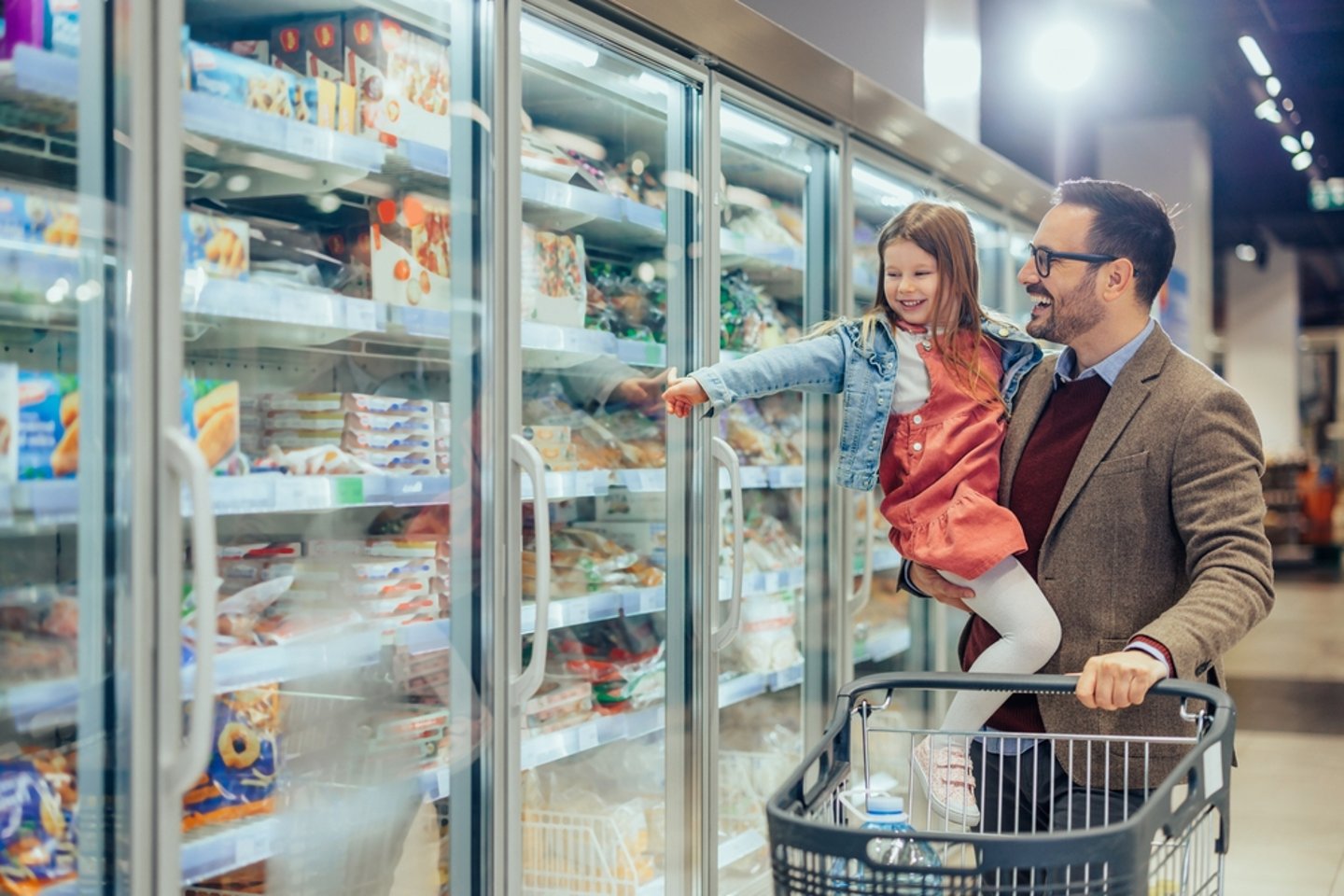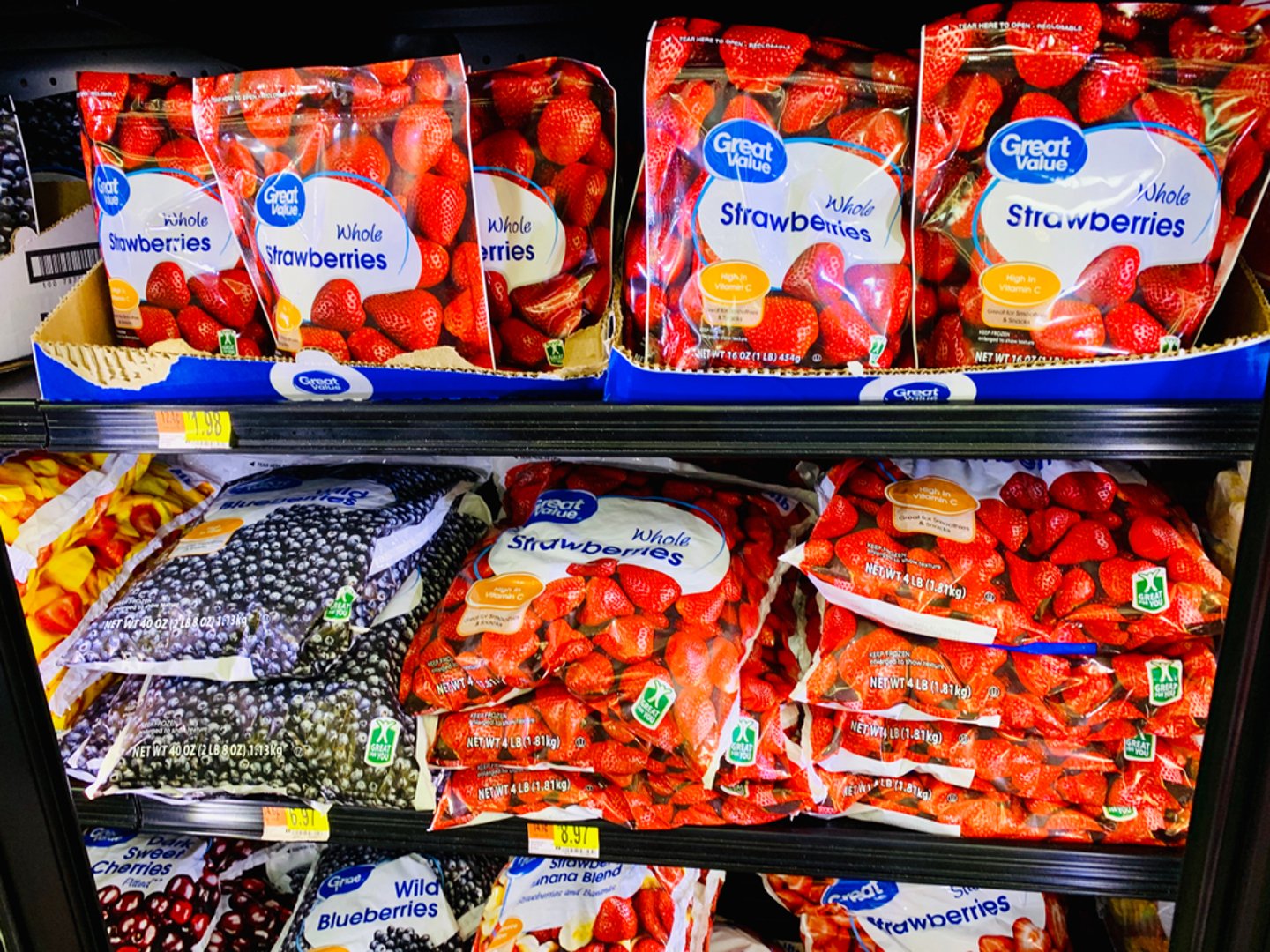Q&A: Frozen Category Sees Consistent Growth
As food inflation remains high, frozen foods have become a popular option for consumers looking to stretch their grocery budget.
According to Circana, frozen fruit and vegetable dollar sales increased 8.9% in 2022 compared to 2021, and increased 15.6% year-over-year in the final quarter of the year. Categories such as frozen appetizers, meal solutions and desserts also saw gains last year, and the success of frozen overall seems to be carrying over as value and convenience remain top concerns of shoppers.
To learn more about the frozen segment and where it stands heading into the final quarter of 2023, Store Brands spoke with Michelle Garcia, client strategy director, CPG at Vericast, and Julie Companey, director of Client Strategy, CPG at Vericast, who detailed how consumers are continuing to shop frozen and how private label is playing a key role.
STORE BRANDS: Why do consumers gravitate towards frozen foods? Is there a certain demographic that buys more than others?
Michelle Garcia: According to Circana, the vast majority of consumers (98%) purchase frozen foods, primarily for value and convenience. As inflation continues to rise, consumers are strongly aware that eating at home is less expensive than dining out. In June 2023, food at home (grocery) prices were 4.7% higher than last year, while food away from home (restaurant) prices were 7.7% higher (Bureau of Labor and Statistics). As a result, 44% of consumers are choosing to eat at home instead of dining out because it's less expensive (Vericast Awareness to Action Study, June 2023).
Frozen foods allow consumers to keep a wide variety of meal solutions and essential components on hand at a lower cost than restaurants and without the potential loss that may incur if fresh food spoils. In addition, frozen food sales have the highest growth at dollar channel retailers, further demonstrating that shoppers are seeking value (Circana, latest 52 weeks ending Aug. 13).
Frozen foods also provide convenience for busy consumers by providing fast, easy, and delicious options. Back-to-school season is here and many workers are returning to the office. Not only do frozen foods save time over cooking from scratch, but there are also growing options for snacking and indulgences that empower kids to feed themselves.
Gen X consumers account for about one-third of frozen food sales and purchase more than their fair share. Other cohorts that over-index for purchasing frozen foods are parents, larger households, and those who are raising teens (Circana, latest 52 weeks ending Aug. 13).
SB: What types of products or meal solutions are the most popular in the frozen category?
MG: Frozen foods allow consumers to balance a demand for value and convenience with the desire to make healthy choices. Frozen food also accommodates specific dietary restrictions as well as the craving for indulgences. Meals, proteins and desserts are the largest segments within the frozen department and when combined, comprise over 80% of sales (Circana, latest 52 weeks ending Aug. 13).
The dinners/entrees subcategory generates the greatest revenue, proving that convenient meals are a priority for consumers. Ice cream, poultry, pizza and breakfast foods are also popular frozen options.
The “better-for-you trend” is definitely contributing to the popularity of frozen foods, and more plant-based products are being introduced. For example, The Tattooed Chef frozen entrees line was one of the top 10 innovations that drove sales revenue in 2022 (Circana 2023 New Product Pacesetters).
SB: Vericast mentioned that frozen breakfast items are trending. Which type of products are seeing increased popularity?
MG: Ready-to-heat breakfast entrees and handheld products that can easily be eaten on the go are increasingly appealing to the busy consumer. Savory breakfast sandwiches with eggs, bacon, sausage and cheese remain a favorite, as well as sweet morning options like French toast, toaster pastries, and muffins. Breakfast bowls, both savory and sweet, are also among the fastest-growing items. CPGs are supplying innovation by offering more plant-based options within the frozen breakfast segment as well.
SB: What does having strong private label options in the frozen section mean for retailers?
Julie Companey: According to Vericast’s upcoming 2023 CPG Trendwatch report, 47% of consumers are buying a mix of private label and store brands. This means consumers want and expect retailers to offer both brand varieties. This trend is only growing: in the same survey, 56% of consumers noted they are buying more store brand products now than they have in the past.
Since private brands are exclusive to a retailer, offering strong private label options in the frozen food section allows retailers to present a lower-priced alternative to national name brands, including unique flavors that differentiate the private brand from the national brands they stock.
A lower-priced offering also helps consumers who need a convenient, tasty dinner entrée, lunch, dessert or breakfast that won’t spoil as fresh products do. Many retailers don’t include a family size entrée though, and that’s something to consider as they expand their portfolio of frozen products. They can also improve sustainability in their packaging and product formulations.
SB: What should private label category managers' main objective be when creating or adding to a portfolio of frozen products?
JC: The number one objective of any new product offering is to get consumers to try the product, and then, of course, get a repeat purchase. Promotional approaches should be focused on driving awareness and include a call to action, like a coupon, to generate future interest. In-store samples are another excellent way for retailers to overcome shopper concerns about taste when buying something brand new to them. National brands have used these tactics for years because they work!
Private label products are a great way for a retailer to differentiate themselves by offering alternative flavors and assortments from both national brands and other private brands.
In the product development process, retailers need to consider what gaps exist in the category that their private brand can address. This is often driven by consumer demand and need, such as consumers looking for different sizes and flavor profiles than what is offered by national brands in a specific category.




